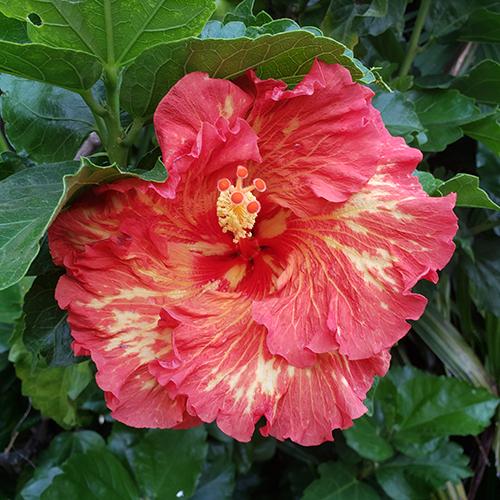
Benefits of Hibiscus
Hibiscus helped save our puppy We found a pedigree Golden retriever for sale for $50 in the local paper. At the time, they were selling
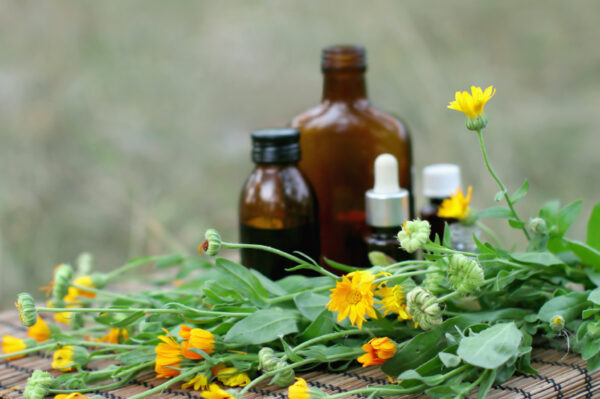
It’s been a living record of effectiveness.
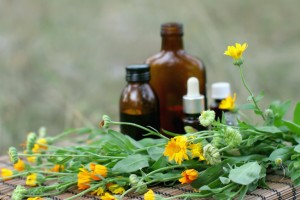
They didn’t rely on the interpretation of results from scientific studies performed in controlled settings. They used remedies that had proven effective for their fathers and forefathers.
It wasn’t until some time after I completed professional training with the world-renowned herbalist, Rosemary Gladstar, that I actually realized how privileged I had been to study with her at her home and school in Emerald Valley.

I had been connected to the Earth and to the spirit of the plants. For me, they were more than convenient sources of chemical compounds that could be used in medicine. They were living, breathing, intelligent, caring beings whose roots in the Earth gave them a natural connection, sometimes lacking in our lives.
This folkloric tradition has weathered the trials of tide and time. It is embedded in the culture of most “primitive” peoples worldwide. Many of the principles continue in herbalism today.
There’s a difference between the methods of folkloric herbalists and most “modern” clinical herbalists today.
When Rosemary Gladstar would pass around tinctures (alcohol extracts) for her students to sample, she passed liter bottles from which we were invited to drink.
If you’ve shopped for tinctures in the commercial marketplace, you know the most common size is the one ounce dropper bottle. Dosages are given in drops, commonly 15-30 recommended as a single dose.
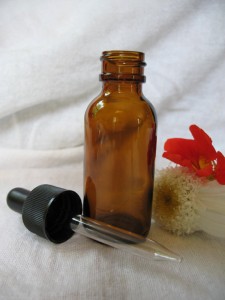
Thirty drops represent about 1.5 milliliters. International protocol for tincture strength is 1:5, one gram of herb for each 5 ml.
The amount of herb extracted in 1.5 ml is .3 gram. For most herbs, this small amount may suggest a therapeutic action, but is not really sufficient to produce a marked effect.
At Self-Heal School we teach that medicinal herbs generally need to be taken in amounts ranging from 2-7 grams/day. At 1:5, that would require 2-7 teaspoons per day. There are only 6 teaspoons in a one ounce bottle!
This practice of using a few drops of tincture is, in reality, closer to homeopathy than traditional herbalism. It’s little different from taking an aspirin and hitting it with a hammer, breaking it into 94 pieces, then taking one of those pieces for your headache.
This amount is what I term the null zone for that remedy – right stuff, not enough.
Is the alcohol extraction somehow able derive as much medicine from only a fraction of the therapeutic amount of herb?
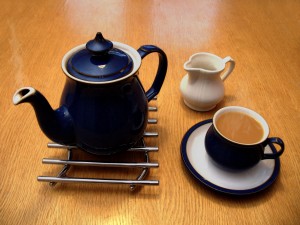
Water is the universal solvent, extracting most herbal principles as well, or better, than alcohol. Alcohol serves as a preservative and facilitates quick absorption in the body, but does not increase the potency of herbal principles nor the amount bio-available in a given measure of extract.
In our herbal clinic, we send clients home with pints of tincture. We teach our students how to make their own extracts and let them know that, to be effective, they need to be consumed in doses such as 2-3 teaspoons/day. There are, of course, herbs that only require a very small amount to be effective. Taking large amounts of these could present problems. It is prudent to inform yourself about the use of herbs before undertaking self-medication with them.
Having said all this, we must acknowledge that herbs can, in fact, act as messingers, informing the body of needed actions which the body then produces. In this respect, a faint message produced by a small dose may be effective in relaying the message and producing the desired benefit.
In an effort to understand the complexity of dosing herbal medicines, a little education goes a long way.
Teaching comprehensive holistic education since 1985.
We are currently offering interactive hybrid courses including Herbal Fundamentals, Energy Healing, Aromatherapy and Clinical Herbology
Hybrid means you may choose to participate in each individual class in the hybrid course online or in person.
All of our products are made with love from organic, all-natural and ethically sourced ingredients.
We began making and perfecting our own herbal remedies more than thirty years ago and offer our favorite products for purchase.

Hibiscus helped save our puppy We found a pedigree Golden retriever for sale for $50 in the local paper. At the time, they were selling
Hawthorn Berry Hawthorn is known as the heart herb for its many benefits as a heart tonic. The berry has been a key part of
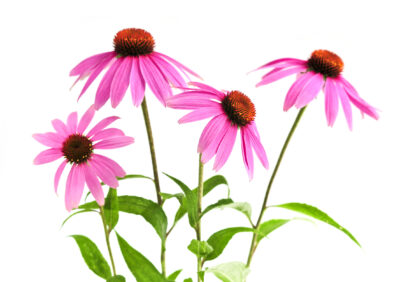
Can you take herbal supplements to arm your immune system? You probably know that zinc, vitamin D and vitamin C are gotta-have-its. How about herbal
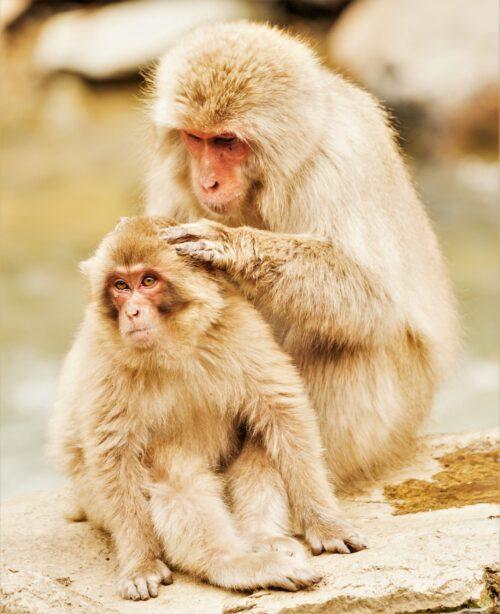
While attending San Diego State College in the early seventies, my work-study job was in the vivarium, a room for keeping and raising animals for